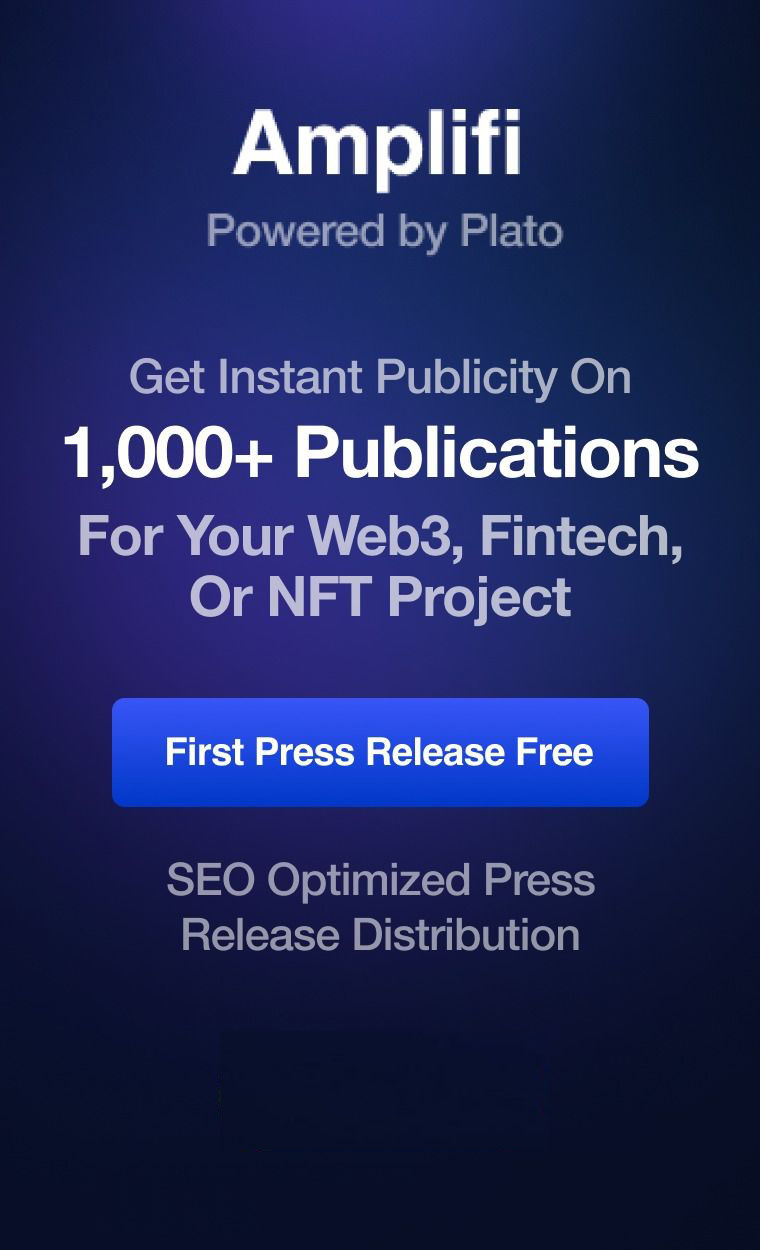
XR technology is disruptive and it’s been a disruptive year. “Disruptive” isn’t the keyword for this article, but has definitely been a buzzword in 2020.
Here, we’ll be exploring how all of this disruption has potentially led to lasting and positive change in education.
The Road In
To start, it is important to point out that XR technology in education isn’t a new concept. We’re all thinking about remote and distance learning a lot more than we might have been this time last year, and the topic has a lot to thank coronavirus for – but not everything.
The Immersive Learning Research Network, an organization dedicated to promoting expanded education opportunities through responsible XR technology, has been around for at least six years.
Their most recent annual conference took place in VR in late June and speakers addressed a number of the promises and problems facing XR in education in this unique situation.
VR in Primary and Secondary Education
VR in primary and secondary education more-or-less has a pin in it these days, depending on where you are. Location-based VR experiences (experiences offered at installations rather than as experiences that can be downloaded and used anywhere) were on the rise at locations like museums and art installations last year.
Unfortunately, with many public institutions closing down due to coronavirus, many of these experiences have gone with them. Even where the locations have reopened, few are interested in the shared headsets that many of these experiences require.
That’s not to say that VR is entirely gone from primary and secondary education. As long as many teachers are relearning how to teach with new technology, some schools are embracing the opportunity by introducing VR.
Computing giant Lenovo recently released an update to their VR Classroom package. The update includes the fruits of partnerships with more conventional remote learning applications, and is designed to be easy to use for educators without XR experience.
XR technology manufacturers, including Lenovo, have prioritized making headsets out of easy-to-clean materials and removable covers.
Accessibility Options
It’s true, most children don’t have access to their own VR headsets and most schools can’t buy a whole fleet of them. As a result, many VR education solutions include interfaces that can be accessed through a standard web browser.
Still, the issue of accessibility for VR solutions in education is one of the reasons that AR solutions are usually seen as more viable.
VR in Post-Secondary Education
VR is more common in post-secondary education, including as part of advanced degrees or specialist training.
FundamentalVR, an XR technology platform for training healthcare professionals, has added two new accreditations in 2020. While they pride themselves on their haptics-based content, they recently released a version that runs on less-specialist equipment to make it available to a larger number of students.
AR in Education
While VR is usually seen as more exciting, there are a number of reasons that AR is more promising for most education use cases.
For one thing, AR applications run on more accessible devices, including mobile phones. AR also tends to be more user-friendly, which comes in handy when parents are also educators. XR education companies like DEVAR reported increased sales when quarantines first kept children home from school.
Similar to VR, AR experiences were already being used in education – including location-based experiences at institutions like museums. Now, the goals of most educational AR experiences are to bring educational content to students where they are.
XR for Professional Development
Of course, XR technology in education isn’t just for “students.” Groups like Taqtile address the growing “skills gap” resulting from older generations leaving the workforce and younger employees entering.
These newer employees have less work experience, but have more technical acumen. Exponential technologies like extended reality are the best way to bridge the gap. This is particularly the case with “soft skills” – skills that you can’t learn from a textbook.
XR Technology Is Not Going Anywhere
It’s impossible to talk about XR technology trends in 2020 without mentioning covid. However, all of these trends were already under way – and are likely to continue when the world returns to normal.
Source: https://arpost.co/2020/09/01/2020-trends-in-xr-technology-education/



